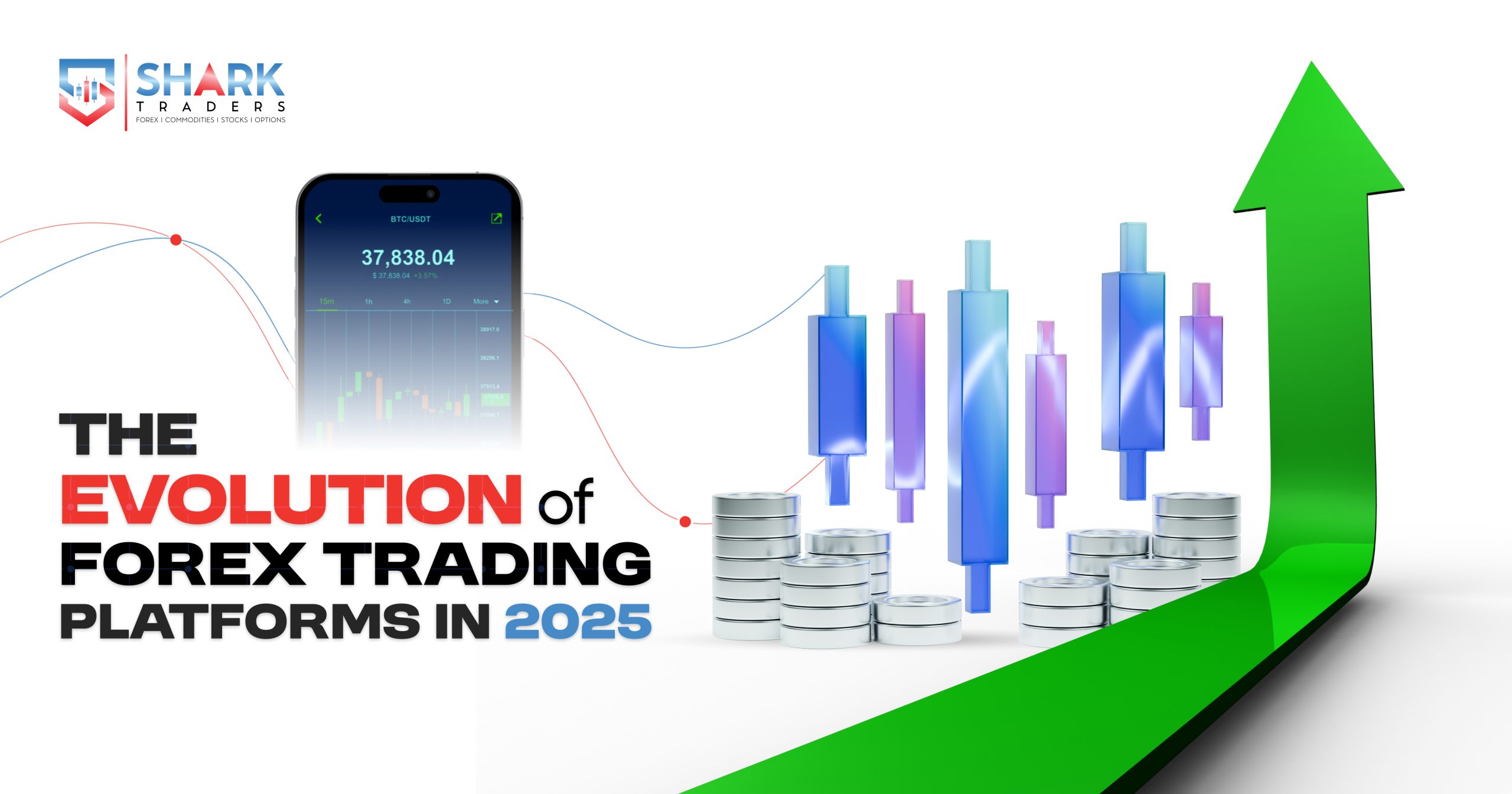
In the last few years, the foreign exchange market has witnessed tremendous growth due to its global accessibility and impressive liquidity. Along with the market, financial technologies have also evolved to adapt to the shifting dynamics of the FX market.
From basic web terminals to highly innovative multi-asset ecosystems, forex trading platforms have come so far. Although these software entered the market as downloadable computer programs like MetaTrader 4 (MT4), they have since evolved into cloud-based and mobile-optimized applications. They gradually improved access to multi-asset markets such as commodities, indices, cryptocurrencies, and more. In addition, these forex trading platforms now offer algorithmic trading, real-time analytics, and other features.
Forex trading platforms are going through a significant transformation in 2025. They are incorporating new fintech technologies, adjusting to shifting regulatory frameworks, and improving support for institutional and individual traders. Let’s take a closer look at this evolution.
Several macro and micro trends are driving this evolution of Forex Trading Platforms in 2025:
Even though artificial intelligence has long been helping the forex industry, in 2025, it is more than just a feature of trading platforms. Modern forex trading software uses AI to access multiple data points and recommend the most profitable trading moves. Furthermore, AI is being applied across multiple layers of the trading experience, such as:
Since blockchain technology emerged, the idea of decentralized finance has also become a possibility. In order to benefit from this concept, even the forex industry is increasingly integrating DeFi solutions to enable peer-to-peer transactions. For that very reason, many trading platforms are incorporating decentralized liquidity pools along with the centralized ones. The following developments can be witnessed with this inclusion in 2025:
Cybersecurity threats are on the rise. They put sensitive information and traders’ funds at risk. That is why multi-layered biometric security is used in forex trading platforms to improve security and provide users with a secure trading experience. Here are the most recent innovations in biometric and behavioral security happening in 2025:
Regulations pertaining to forex trading are more stringent than ever before, particularly those pertaining to leverage limits, KYC/AML, and client fund segregation. Furthermore, these rules are constantly modified by regulatory bodies in order to maintain secure trading conditions. It makes it very challenging for the brokers to adhere to these intricate and constantly shifting rules, though. In 2025, trading software development companies are integrating the following innovative solutions in forex trading platforms to reduce manual burden:
One of the main problems with the majority of forex trading platforms has been scalability. These platforms were unable to function effectively during busy times, as brokerages grew. However, the use of cloud-native architecture and edge computing is addressing the issues in the following ways:
Undoubtedly, the evolution of Forex trading platforms in 2025 will transform the trading ecosystem forever. Currently, we are witnessing the incorporation of AI, DeFi, regulatory technology, and multi-asset capabilities, but in the future, Quantum computing, Zero Knowledge Proofs (ZKPs), advanced cybersecurity frameworks, and other futuristic technologies will also drive this revolution.
As a leader in trading technology and liquidity solutions, Shark Technologies provides forex trading solutions with institutional-grade liquidity and a robust infrastructure using emerging technologies. Want to see how we’re driving innovation in the global trading space?
Get in touch today and discover the Shark advantage.
Also Read : Automated Forex Trading Software Development – A Complete Guide